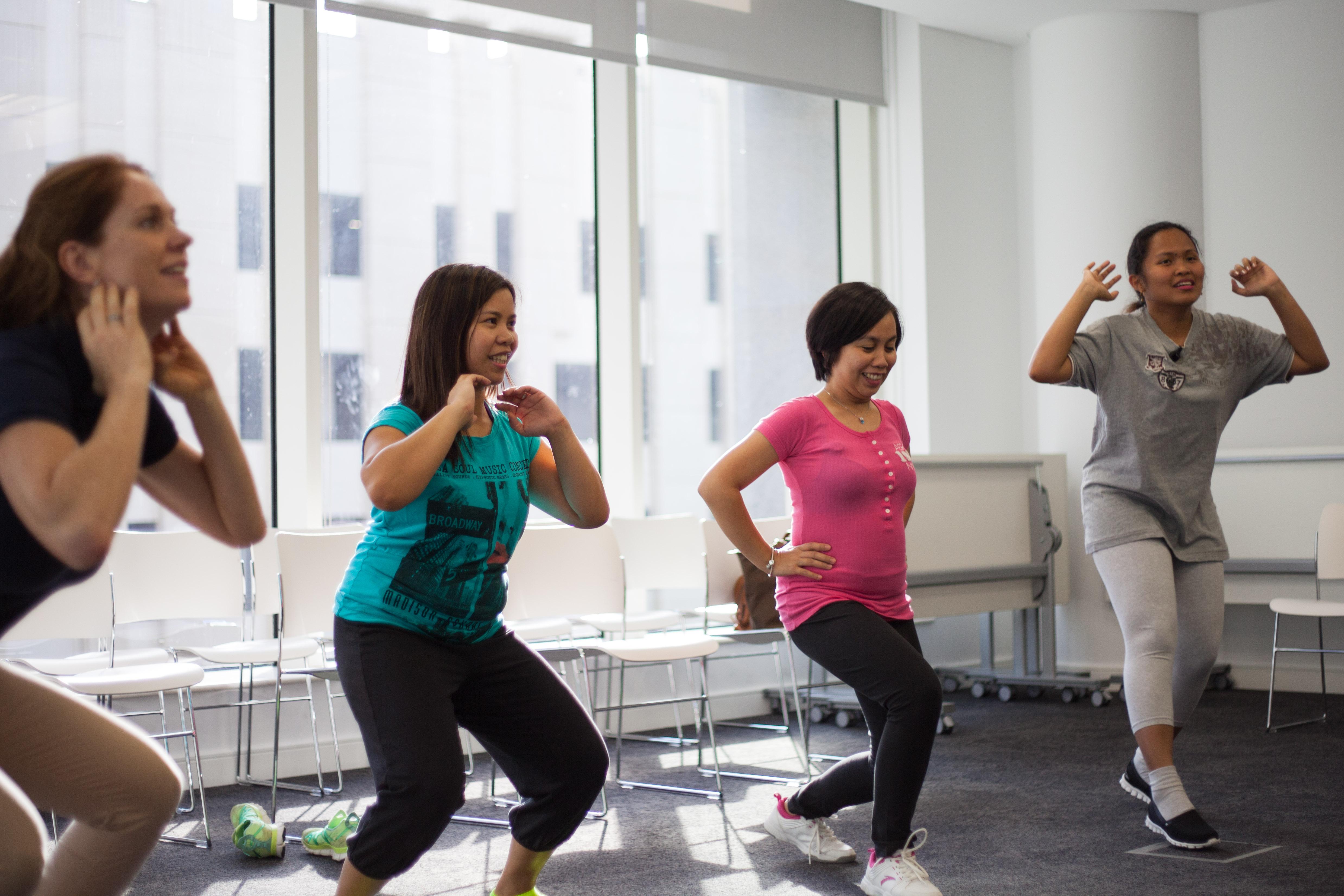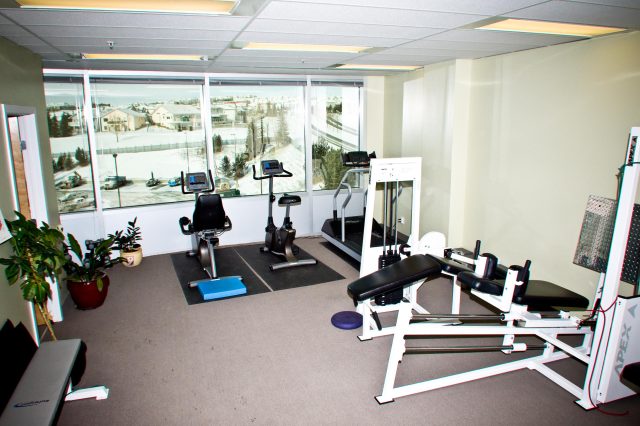In today’s fast-paced world, where many of us find ourselves tethered to desks for the better part of the day, maintaining physical well-being can often feel like an uphill battle. The demands of office work, with its long hours and sedentary nature, can take a toll on both our bodies and minds. Yet, incorporating regular exercise into our daily routines is not only essential for our health but also enhances productivity and overall quality of life. This article aims to guide you through the best workouts specifically tailored for office workers, offering practical solutions that can seamlessly fit into your busy schedule. Whether you’re a fitness novice or looking to revitalize your current routine, we understand the unique challenges you face and are here to help you take the first step towards a healthier, more balanced lifestyle.
Understanding the Challenges Faced by Office Workers
Office workers encounter a unique set of challenges that can impact both their physical and mental well-being. Long hours spent seated at a desk can lead to postural problems, such as neck and back pain, while the often monotonous nature of office work can contribute to mental fatigue and decreased motivation. Understanding these challenges is crucial in crafting a workout regimen that addresses the specific needs of those who spend much of their day in a sedentary environment.
Here are some common issues faced by office workers:
- Prolonged Sitting: Extended periods of sitting can lead to muscle stiffness and reduced flexibility.
- Eye Strain: Continuous screen exposure can cause eye discomfort and headaches.
- Stress: High workloads and tight deadlines can increase stress levels.
| Challenge | Impact |
|---|---|
| Physical Inactivity | Weight Gain, Poor Circulation |
| Repetitive Movements | RSI (Repetitive Strain Injury) |
| Limited Social Interaction | Isolation, Lower Morale |

Creating a Balanced Workout Routine for Desk Dwellers
For those spending countless hours at a desk, a balanced workout routine is essential to counteract the effects of prolonged sitting. Prioritizing exercises that enhance mobility, strength, and cardiovascular health can transform your daily life. Here’s how you can build a routine that suits your busy schedule:
- Mobility Exercises: Start with gentle stretches and yoga poses to release tension. Focus on areas like the neck, shoulders, and hips which often become stiff from sitting. Incorporate moves like cat-cow stretches, hip circles, and neck rolls.
- Strength Training: Incorporate bodyweight exercises that target major muscle groups. Try squats, lunges, and push-ups, which can be done without any equipment. Resistance bands are also a great addition for an office-friendly workout.
- Cardiovascular Activities: Aim for short bursts of activity throughout the day. This could be brisk walking during lunch breaks, or even a quick set of jumping jacks to get your heart rate up. Consider cycling or walking to work if feasible.
| Exercise | Duration | Frequency |
|---|---|---|
| Neck Rolls | 2 mins | 3x daily |
| Bodyweight Squats | 10 reps | 3x weekly |
| Brisk Walking | 15 mins | Daily |

Exercises to Alleviate Common Office-Related Aches
Spending long hours at a desk can lead to a range of physical discomforts. To combat these common office-related aches, incorporating some simple exercises into your daily routine can make a significant difference. Here are some effective workouts that target key areas of discomfort:
- Neck Stretches: Gently tilt your head towards each shoulder, holding for 15-30 seconds on each side. This helps alleviate tension in the neck and shoulders.
- Wrist and Finger Stretches: Extend one arm in front of you with the palm facing up. Use the other hand to gently press down on the fingers, stretching the wrist. Hold for 10-15 seconds on each side.
- Seated Torso Twists: While sitting, place your right hand on the back of your chair and twist your torso to the right, holding for 15 seconds. Repeat on the left side to release tension in the lower back.
| Exercise | Target Area | Duration |
|---|---|---|
| Neck Stretches | Neck & Shoulders | 15-30 sec/side |
| Wrist Stretches | Wrists & Fingers | 10-15 sec/side |
| Torso Twists | Lower Back | 15 sec/side |
By integrating these exercises into your daily schedule, you can significantly reduce the strain and discomfort associated with prolonged sitting. Remember, consistency is key to maintaining a healthy and pain-free work environment.

Tips for Incorporating Movement into Your Workday
- Desk Stretches: Even while sitting, you can perform simple stretches to alleviate tension. Try a seated spinal twist by placing one hand on the back of your chair and gently twisting your torso. Shoulder shrugs are also effective—simply raise your shoulders toward your ears and release. These small movements can help reduce stiffness and improve circulation.
- Walking Meetings: Transform your meetings into a chance to move. Instead of sitting in a conference room, take your discussions on the go. Walking meetings not only encourage physical activity but also foster creativity and collaboration. A change of scenery can spark new ideas while keeping you active.
- Standing Desk Intervals: If you have access to a standing desk, alternate between sitting and standing every 30 minutes. This practice can significantly decrease the risks associated with prolonged sitting. If a standing desk isn’t available, consider using a high table or a countertop for short standing breaks.
| Movement Type | Benefits |
|---|---|
| Desk Stretches | Reduces muscle tension, increases flexibility |
| Walking Meetings | Boosts creativity, encourages collaboration |
| Standing Desk Intervals | Improves posture, enhances energy levels |
Consider setting reminders on your phone or computer to prompt you to move every hour. A quick lap around the office or a few minutes of desk yoga can make a significant difference in your daily routine. Remember, it’s not about intense workouts, but consistent, gentle movement throughout your day that can enhance both physical and mental well-being.








































